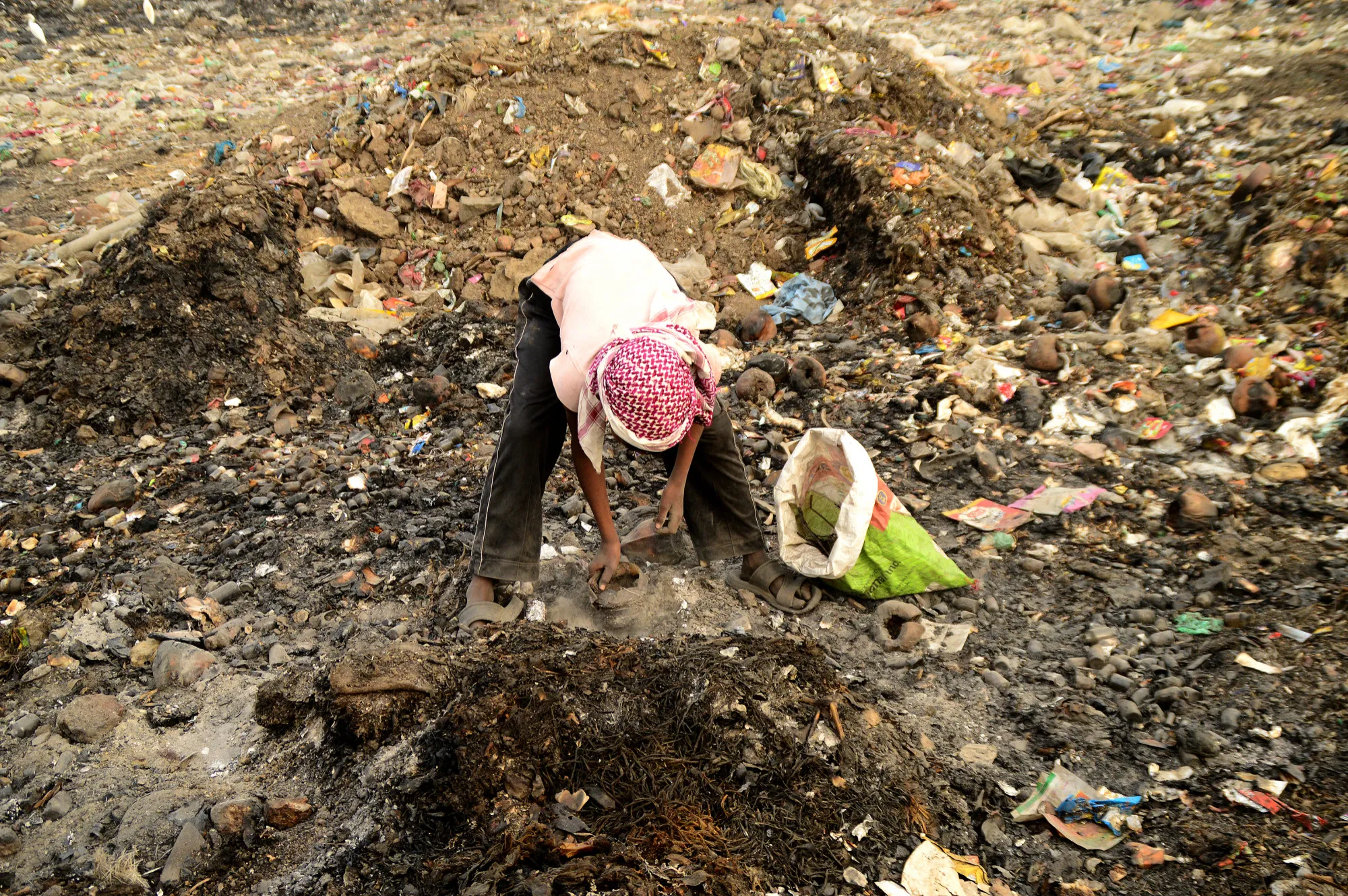In a groundbreaking study published in the prestigious journal Environmental Pollution, a team of researchers from Tianjin University and collaborating institutions provided insightful discoveries into the complex interactions of co-contaminants within soil profiles. The research paper, titled “Synergistic Binding Mechanisms of Co-Contaminants in Soil Profiles: Influence of Iron-Bearing Minerals and Microbial Communities,” sheds light on how inorganic and organic pollutants coexist and migrate in contaminated sites, a pressing environmental issue that poses risks to ecosystems and human health.
DOI: 10.1016/j.envpol.2024.123353
The comprehensive study investigated the vertical distribution patterns of co-contaminants, specifically arsenic, cadmium, and polychlorinated biphenyls (PCBs), within a soil profile extending to a depth of 4.3 meters. It pinpointed the differential accumulation of inorganic contaminants, which exhibited a notable increase in concentration with depth, and PCBs, which were predominantly found in the uppermost layer of the soil.
The research team, led by Sun Fu-Sheng from the Institute of Surface-Earth System Science at Tianjin University, employed techniques such as chemical extraction and advanced synchrotron radiation analysis to unravel the binding mechanisms between the pollutants and key soil constituents like reactive iron minerals, organic matter, and microbial communities.
The study, conducted over several months, concluded with striking results. A strong positive correlation was identified between the presence of reactive iron minerals and the binding propensity of the inorganic contaminants, elucidating the minerals’ critical role in the immobilization and stabilization of pollutants within the soil. This finding is pivotal, as it provides valuable insight into the natural attenuation processes that could be harnessed to mitigate pollution levels at contaminated sites.
Moreover, the research highlighted the significant influence of soil microbial communities on the distribution and binding behavior of both organic and inorganic contaminants. The interplay between microorganisms and these pollutants can lead to transformation processes that might either aggravate or alleviate the toxicity and mobility of contaminants in the environment.
Wang Miao-Miao, Zhao Xiang-Yang, Huang Qiao-Yun, Liu Cong-Qiang, and Yu Guang-Hui were among the collaborating researchers contributing to this study. The joint efforts and interdisciplinary expertise of the scientists were key elements in bringing complex environmental interactions to light.
“Our findings underscore the intricate web of interactions that govern contaminant behavior in soils,” said Yu Guang-Hui, corresponding author of the paper. “Understanding these synergistic relationships is fundamental to developing effective soil remediation strategies and protecting our environment and health.”
The authors declared no competing financial interests or personal relationships that could affect the work. The scientific community and environmental stakeholders are expected to widely discuss the results of this comprehensive study, which could have broad implications for environmental policy and remediation practices.
This latest research paves the way for further exploration into the synergistic effects of multiple contaminants in varying environmental settings. The team’s breakthroughs offer a more profound understanding of the natural processes that can be used to combat soil pollution, providing a beacon of hope for the future of environmental remediation.
References
1. Sun, F.-S., Wang, M.-M., Zhao, X.-Y., Huang, Q.-Y., Liu, C.-Q., & Yu, G.-H. (2024). Synergistic Binding Mechanisms of Co-Contaminants in Soil Profiles: Influence of Iron-Bearing Minerals and Microbial Communities. Environmental Pollution, 344, 123353. doi:10.1016/j.envpol.2024.123353
2. Kabata-Pendias, A. (2011). Trace Elements in Soils and Plants, Fourth Edition. CRC Press.
3. Bradl, H. B. (2004). Adsorption of heavy metal ions on soils and soils constituents. Journal of Colloid and Interface Science, 277(1), 1–18.
4. Hsu, J.-H., & Lo, S.-L. (2001). Effect of composting on characterization and leaching of copper, manganese, and zinc from swine manure. Environmental Pollution, 114(1), 119–127.
5. Zhou, L., & Wang, Y. (2017). Removal of Organic Pollutants from Environmental Water with Graphene-Based Materials: A Review. Environmental Science and Pollution Research, 24(18), 15468–15482.
Keywords
1. Soil contamination remediation
2. Reactive iron minerals soil
3. Microbial impact on pollutants
4. Co-contaminant interactions
5. Environmental synchrotron radiation
In conclusion, the researchers’ study on the synergistic binding mechanisms of co-contaminants in soil profiles is a testament to the intricate dynamics that dictate pollutant behavior and stability within the environment. The vital role of Fe-bearing minerals and microbial communities has been unveiled, offering promising insights that will fuel advancements in soil remediation techniques and strategies directed towards a more sustainable future. The diligent work of the team from Tianjin University, alongside their colleagues, contributes significantly to our understanding of environmental pollution and its management, signaling progress in the critical endeavor to safeguard ecological integrity and public health.
